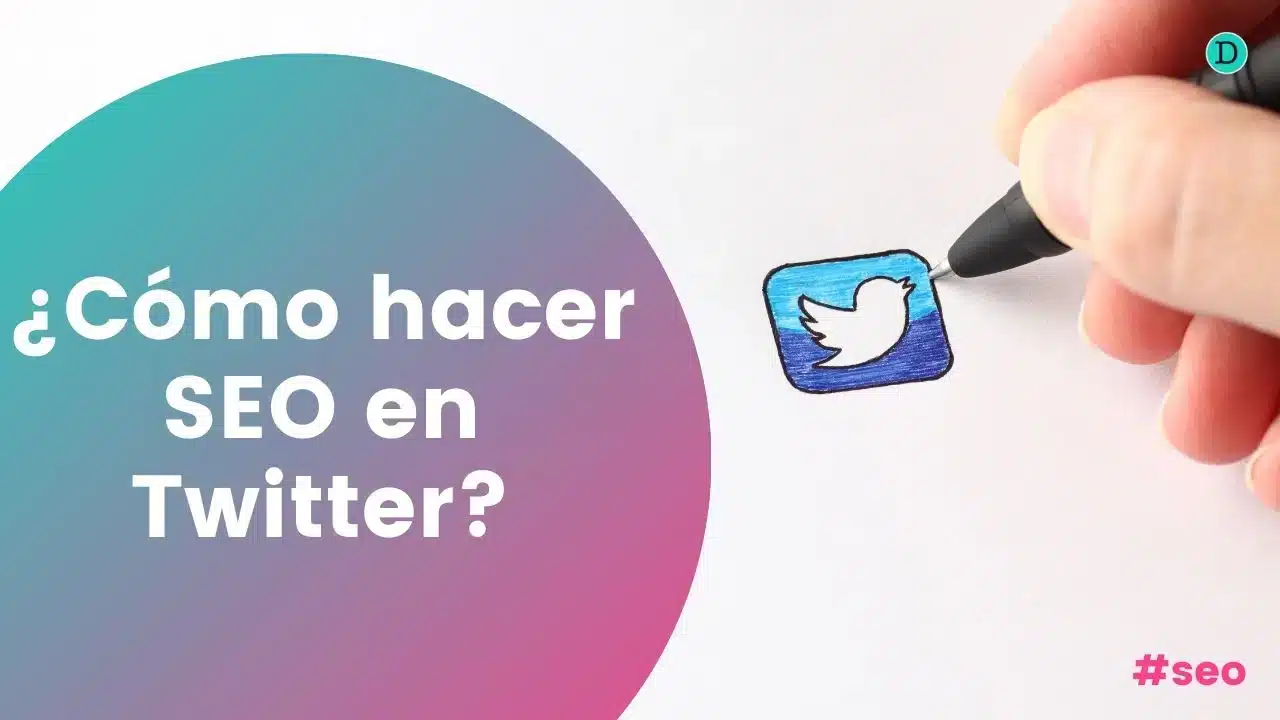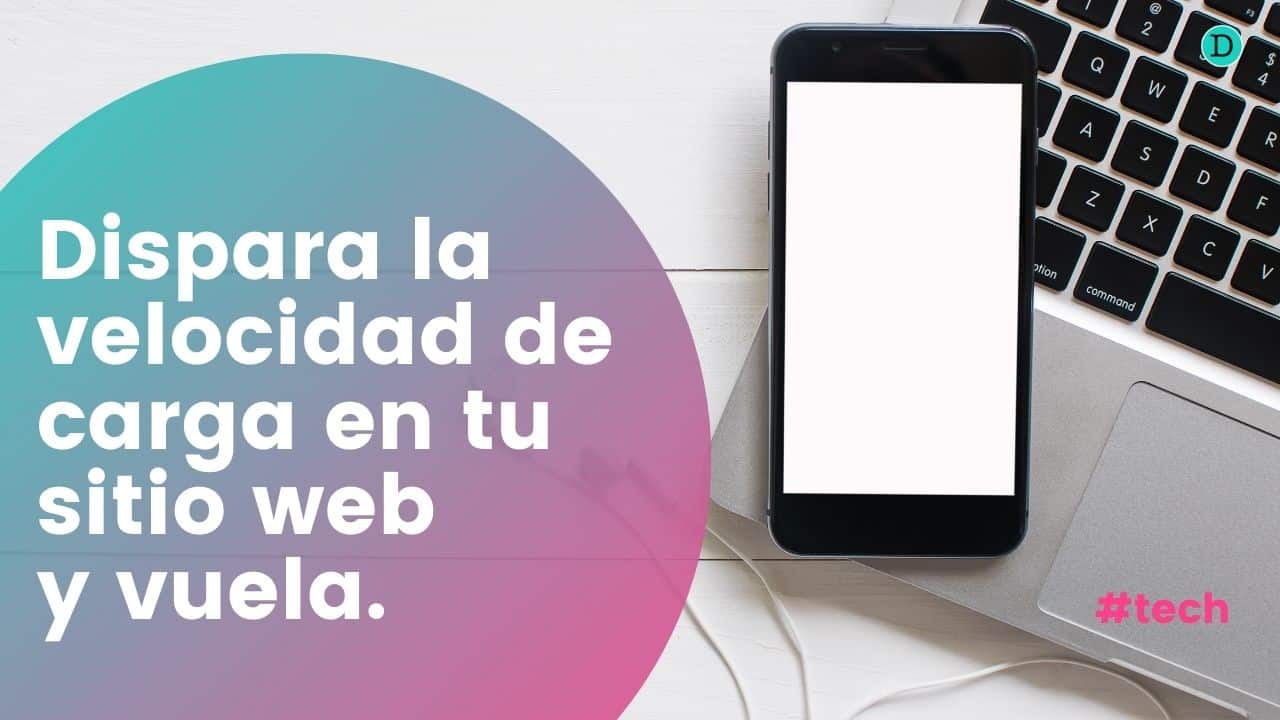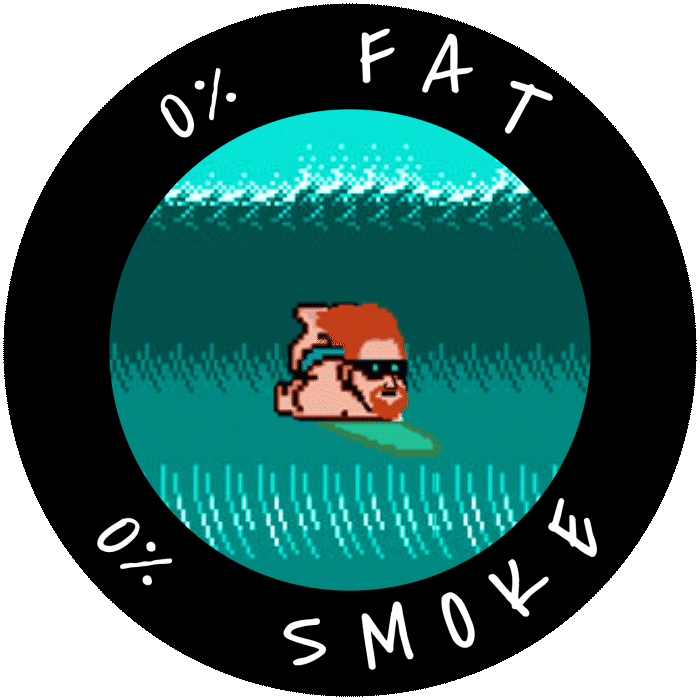If you're interested in SEO, you've probably heard about thin content. One tends to make the literal translation of the concept and talk about short or thin content, but it is a much broader concept.
A key:
The Thin Content is one of the things that bothers Google the most.
So over the years it has refined its algorithms to detect and penalise it. If we do not use SEO guidelines current ones, we may have pages of this type.
Many of these little tricks that we used to use on a regular basis can nowadays penalise us a lot. Just as Google has learned, more or less, to detect organic and quality linkbuilding, it has also learned to better detect the quality of the texts.
When we talk about Thin Content we are talking about content for SEOi.e. of On page SEO. This is not to say that there are no structural elements that can create alarms, which there are.
In this article, I will tell you exactly what Thin Content is, why you should avoid it and how you can identify it.
What is Thin Content?

The Thin Content is poor or low-value content, which does not provide knowledge to the user. When a user enters such a page, they leave without having found what they are looking for.
It is not simply a question of it being a page with little or no content. The point is that the content we find is not useful. We can have a 2000-word article in which nothing of interest is said. And if it is not useful, Google is not going to show it.
Not only will it not show it, but having pages of this type will penalise the website in general. That is why it is so important to detect if we have content of this type. Because having several pages of this type can kill our website. content strategy.
We often fall into the trap of thinking that more quantity is better than more quality. It is not.
It is preferable to have little content, but well cared for, than a lot of low quality content, at least in terms of the SEO.
For example, if we have an ecommerce with thousands of references, we may not have time to work on each product page. This does not mean that we can't sell through digital advertising, through social media or from our newsletter, but if you don't take care of the product pages at SEO levelyou won't get any organic users.
If you have worked on the UXYou may even be interested in leaving only some specific products indexed and that other similar products appear as featured products or that they can be found through the search engine, in order to thus avoiding penalties in organic.
Types of Thin Content

To better understand what the Thin ContentIt is important to be able to detect its types. Google has different ways of identifying it, including the dwell timeThe most important thing in all this is the user behaviour.
That is to say, the basis of Google's business is to be relevant. It is giving the user what they are looking for and curbing their uncertainty. If, when they search for something, they get a result that does not answer to their intention to searchthat is going to generate frustration.
All the Google algorithm changes are along these lines. That the user finds quality results. Then only allow Google to access what, within your page, offers that quality. The rest, if you can't remove it, mark as non-indexable and you will save yourself a lot of trouble.
Automatic or auto-generated content

Automatic or auto-generated content is one of the main problems of thin content we can see today.
There is no SEO content strategy behind. There has not been a keyword researchThese are simply pages that are generated on their own, either with part of the content of your website through plugins or other tools that depend on the artificial intelligence.
But the results are better than they were years ago, Google is still able to detect it. The human factor remains indispensable in the SEO. It is increasingly noticeable when we are dealing with an artificial compilation of phrases, taken from different websites for positioning.
This is a practice of Black Hat SEO And we already know that these practices, even if sometimes it takes a while, Google ends up discovering them and penalising them in its algorithm updates.
This would also include blog tag and category pages, which should be de-indexed.
Translated content (bad)

Nor can we forget the poorly translated content. It is usually related to automatic or auto-generated content, as there are different plugins that automatically translate your website into the language of your choice.
It is not recommended. Not by Google, not by the user. A badly translated website gives a bad image and does not generate any trust. If you can't afford a good translation, it's better to that you do not have a website in more than one language.
At the very least, if you have any interest in the page performs in organic search.
Similarly, if we translate the content of another website literally, Google will also understand it as thin content.
Duplicate content

The duplicate content is another of the most common problems we encounter. It makes no sense to copy the same content from another page, whether internal or external.
Obviously, this is of no value to Google. Also note that sometimes, especially in ecommerce, this can happen on its own.
For example, if you put two different labels on the same product, a product page is generated with each label. Or if you have different pages according to size or colour. This kind of little things is good to control it and in any case point to a main page using an canonical.
Pages Doors

It was very popular, but fortunately it is no longer used today. The door pages are pages designed for SEO positioning. It was a strategy of Black Hat which worked at the time, but as is always the case with Google, it was eventually discovered and stopped working.
In this case it was about creating several pages or domains that tried to position a very specific term in another URL of another page or domain. For example, if you wanted to position "buy shoes online", you would create other domains and link from all of them "buy shoes online" to your page or variations such as "online shoe shop".
Now, it is also important to domain authority and the relevance to the topic of the website that links to you.
These domains only existed to provide such links and Google ended up penalising them. That is why it is important to use the disavow to disavow toxic domains that link to us and show that we have nothing to do with them.
Empty pages

Finally, mention should also be made of the empty pages. It may seem silly, because it is so obvious. But many times we have pages without indexable content, sometimes with URLs that will really interest us once we get to it.
Do not leave anything indexable if it is not fully SEO-ready. It's OK to take a little longer. It's better to go out late and well than to let the robots pass by and find nothing, because it may take them a long time to come back and discover that there is interesting content.





